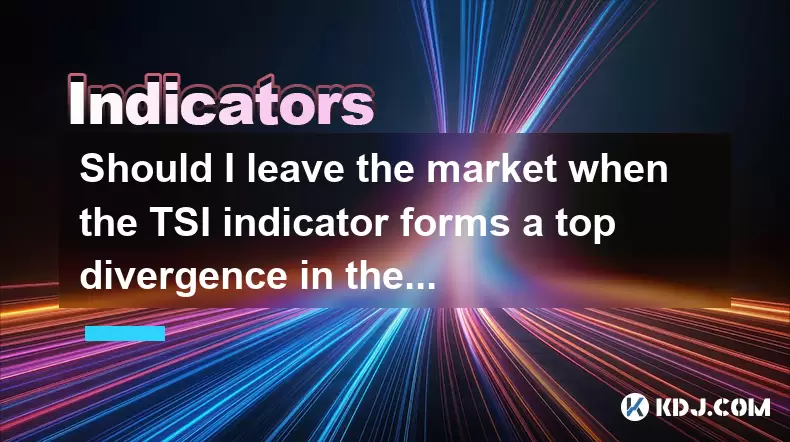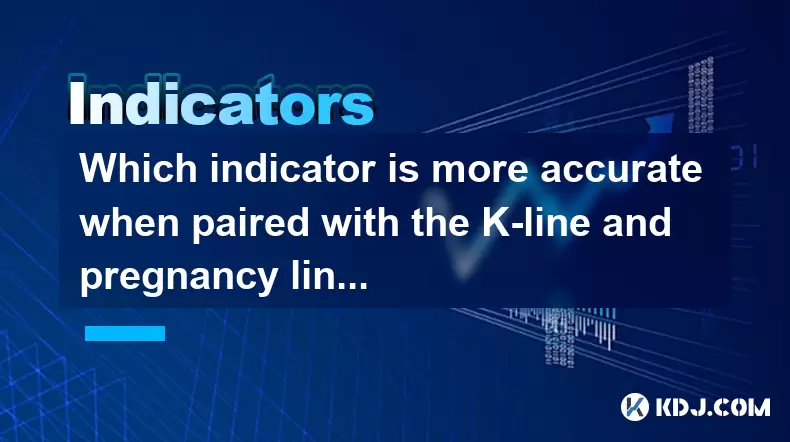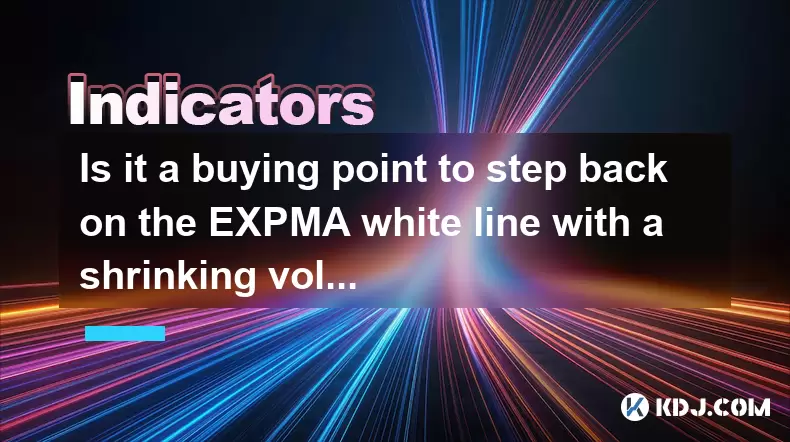-
 Bitcoin
Bitcoin $119300
1.07% -
 Ethereum
Ethereum $3730
3.87% -
 XRP
XRP $3.235
0.29% -
 Tether USDt
Tether USDt $1.000
0.00% -
 BNB
BNB $783.5
1.88% -
 Solana
Solana $188.7
0.25% -
 USDC
USDC $0.0000
-0.01% -
 Dogecoin
Dogecoin $0.2399
-0.44% -
 TRON
TRON $0.3157
2.37% -
 Cardano
Cardano $0.8254
1.94% -
 Hyperliquid
Hyperliquid $42.83
0.14% -
 Stellar
Stellar $0.4372
3.21% -
 Sui
Sui $3.859
4.91% -
 Chainlink
Chainlink $18.53
3.53% -
 Hedera
Hedera $0.2464
0.01% -
 Bitcoin Cash
Bitcoin Cash $519.8
2.46% -
 Avalanche
Avalanche $24.24
2.17% -
 Litecoin
Litecoin $113.7
0.73% -
 UNUS SED LEO
UNUS SED LEO $8.990
0.30% -
 Shiba Inu
Shiba Inu $0.00001390
0.21% -
 Toncoin
Toncoin $3.188
1.49% -
 Ethena USDe
Ethena USDe $1.001
0.02% -
 Polkadot
Polkadot $4.090
-0.91% -
 Uniswap
Uniswap $10.40
4.08% -
 Monero
Monero $326.6
3.12% -
 Bitget Token
Bitget Token $4.627
-0.42% -
 Pepe
Pepe $0.00001281
0.76% -
 Dai
Dai $1.000
0.01% -
 Aave
Aave $291.6
0.98% -
 Cronos
Cronos $0.1269
7.26%
Should I leave the market when the TSI indicator forms a top divergence in the overbought area?
A TSI top divergence in overbought territory signals weakening bullish momentum, often preceding a crypto price reversal.
Jun 29, 2025 at 02:22 am

Understanding the TSI Indicator and Its Role in Cryptocurrency Trading
The True Strength Index (TSI) is a momentum oscillator commonly used by traders to identify overbought or oversold conditions, as well as potential trend reversals. In cryptocurrency trading, where volatility is high and trends can change rapidly, understanding how to interpret the TSI becomes crucial for decision-making.
The TSI combines two moving averages of price momentum to filter out noise and provide clearer signals. It oscillates around a zero line, with positive values indicating bullish momentum and negative values suggesting bearish pressure. When the TSI rises above a certain threshold, typically considered to be +25 or higher, it enters the overbought territory, signaling that the asset might be overextended on the upside.
What Is Top Divergence in the TSI Indicator?
Top divergence occurs when the price makes a new high, but the TSI fails to confirm this move by forming a lower high. This discrepancy suggests weakening momentum and often precedes a reversal or at least a pullback. In crypto markets, such divergences are particularly significant due to the frequent presence of sharp rallies followed by abrupt corrections.
It's essential to note that divergence alone isn't a guaranteed sell signal. Many traders wait for additional confirmation before taking action. For instance, they may look for the TSI to cross below its signal line or for the price to break a key support level before considering an exit.
Why Does Overbought Divergence Matter in Crypto?
Cryptocurrency markets are known for their exaggerated moves—both up and down. When the TSI forms a top divergence in the overbought zone, it indicates exhaustion among buyers. The rally has likely attracted latecomers who may not have the strength to push prices further, while early holders begin to take profits.
This scenario is especially relevant during bull runs or pump-and-dump scenarios where sentiment drives rapid price increases. Traders who recognize this pattern can avoid getting caught in the subsequent dump.
However, one must also consider the broader market context. If Bitcoin or Ethereum is in a strong uptrend, altcoins may continue to rise despite local divergences. Therefore, analyzing the overall market structure alongside the TSI divergence is vital.
How to Confirm TSI Top Divergence Before Exiting
Before deciding to leave the market based solely on a TSI divergence, traders should seek additional confirmation through other tools:
- Price Action: Look for bearish candlestick patterns like shooting stars, hanging men, or engulfing candles near resistance.
- Volume Analysis: A decline in volume during the latest price surge confirms weakening momentum.
- Moving Averages: Watch if the price crosses below key moving averages like the 20-day or 50-day EMA.
- RSI Confirmation: Check if the RSI is also showing divergence or entering overbought territory.
- Support Levels: Identify nearby support zones where a reversal could occur and set stop-loss orders accordingly.
By combining these elements with the TSI divergence, traders increase the probability of making informed decisions rather than reacting emotionally to short-term fluctuations.
Common Mistakes Traders Make With TSI Divergence
Many traders jump to conclusions when they spot a divergence on the TSI, which can lead to premature exits or missed opportunities. Here are some pitfalls to avoid:
- Ignoring Market Context: Failing to assess whether the broader market is still bullish can result in exiting too early.
- Overreliance on One Indicator: Using only the TSI without confirming with other technical tools increases the risk of false signals.
- Not Adjusting Timeframes: Divergence on a short timeframe (e.g., 1-hour chart) may not hold significance compared to a daily chart setup.
- Neglecting Risk Management: Even with a valid divergence, not setting proper stop losses or profit targets can undermine performance.
Avoiding these mistakes requires discipline and a structured approach to technical analysis.
Practical Steps to React to TSI Top Divergence in Overbought Zone
If you observe a top divergence in the overbought area of the TSI, here’s a step-by-step guide on how to respond effectively:
- Identify the Divergence Clearly: Ensure that the price has made a higher high while the TSI has formed a lower high. Use visual aids or drawing tools on your charting platform to mark this clearly.
- Check Other Indicators: Cross-reference with RSI, MACD, and volume indicators to see if they align with a bearish setup.
- Monitor Key Price Levels: Observe whether the price is approaching or has broken any critical support levels.
- Consider Partial Exit Strategy: Instead of selling all your holdings immediately, consider reducing position size gradually.
- Set Stop Loss Above Recent Highs: Protect yourself from sudden spikes by placing stop losses strategically.
- Wait for Confirmation Candles: Allow the market to confirm the reversal through candlestick patterns or indicator crossovers before fully exiting.
Following these steps ensures that you don’t act impulsively and maintain control over your trading strategy.
Frequently Asked Questions
Q: Can TSI divergence occur even in a strong uptrend?
Yes, TSI divergence can appear within a larger uptrend. It often signals a temporary pullback rather than a full reversal. Traders should evaluate the overall trend strength before acting.
Q: What timeframes are best for identifying reliable TSI divergences?
Higher timeframes like the daily or 4-hour charts tend to produce more reliable TSI divergences. Shorter timeframes can generate many false signals due to increased market noise.
Q: How do I differentiate between regular overbought readings and divergences on the TSI?
A regular overbought reading doesn't necessarily indicate a reversal unless accompanied by divergence. Divergence requires both price and indicator to move in opposite directions.
Q: Should I always exit my position upon seeing a TSI top divergence?
No, exiting entirely depends on your trading style, risk tolerance, and confirmation from other indicators. Some traders prefer to reduce exposure rather than liquidate completely.
Disclaimer:info@kdj.com
The information provided is not trading advice. kdj.com does not assume any responsibility for any investments made based on the information provided in this article. Cryptocurrencies are highly volatile and it is highly recommended that you invest with caution after thorough research!
If you believe that the content used on this website infringes your copyright, please contact us immediately (info@kdj.com) and we will delete it promptly.
- TRON, Crypto Payroll, and Stablecoins: A New York Minute on the Future of Finance
- 2025-07-25 08:30:11
- WazirX, Revote, and Crypto Unlock: A New York Minute on the Latest Developments
- 2025-07-25 06:50:11
- Hong Kong Stablecoin Regulation: Navigating the Hype and Hurdles
- 2025-07-25 08:30:11
- Bitcoin LTHs, CDD Ratio, and Distribution: What's the Deal?
- 2025-07-25 08:50:12
- Satoshi-Era Bitcoin Whale Awakens: $469 Million in BTC on the Move
- 2025-07-25 06:30:11
- TIA Tokens, Crypto Shift & Ripple Effect: What's the Deal?
- 2025-07-25 07:10:11
Related knowledge

Should I go all in when DIF crosses DEA?
Jul 25,2025 at 12:42am
Understanding DIF and DEA in MACD AnalysisWhen traders analyze DIF and DEA in the context of the Moving Average Convergence Divergence (MACD) indicato...

Should I go all in when the upper edge of the box is broken?
Jul 25,2025 at 01:50am
Understanding the 'Box' in Cryptocurrency Price ChartsThe term 'box' in cryptocurrency trading typically refers to a price consolidation range where t...

Should I go all in when the parabolic turning signal appears?
Jul 25,2025 at 06:36am
Understanding the Parabolic Turning Signal in Crypto TradingThe parabolic turning signal is a technical indicator derived from the Parabolic SAR (Stop...

Should I follow up with a full position when the trading volume suddenly increases?
Jul 25,2025 at 12:28am
Understanding Sudden Increases in Trading VolumeA sudden spike in trading volume often signals heightened market activity and can indicate that new in...

Which indicator is more accurate when paired with the K-line and pregnancy line combination?
Jul 25,2025 at 05:43am
Understanding the K-Line and Pregnancy Line CombinationThe K-line, also known as the Japanese candlestick chart, is a foundational tool in technical a...

Is it a buying point to step back on the EXPMA white line with a shrinking volume?
Jul 25,2025 at 08:56am
Understanding the EXPMA Indicator and Its White LineThe Exponential Moving Average (EXPMA) is a technical analysis tool widely used in cryptocurrency ...

Should I go all in when DIF crosses DEA?
Jul 25,2025 at 12:42am
Understanding DIF and DEA in MACD AnalysisWhen traders analyze DIF and DEA in the context of the Moving Average Convergence Divergence (MACD) indicato...

Should I go all in when the upper edge of the box is broken?
Jul 25,2025 at 01:50am
Understanding the 'Box' in Cryptocurrency Price ChartsThe term 'box' in cryptocurrency trading typically refers to a price consolidation range where t...

Should I go all in when the parabolic turning signal appears?
Jul 25,2025 at 06:36am
Understanding the Parabolic Turning Signal in Crypto TradingThe parabolic turning signal is a technical indicator derived from the Parabolic SAR (Stop...

Should I follow up with a full position when the trading volume suddenly increases?
Jul 25,2025 at 12:28am
Understanding Sudden Increases in Trading VolumeA sudden spike in trading volume often signals heightened market activity and can indicate that new in...

Which indicator is more accurate when paired with the K-line and pregnancy line combination?
Jul 25,2025 at 05:43am
Understanding the K-Line and Pregnancy Line CombinationThe K-line, also known as the Japanese candlestick chart, is a foundational tool in technical a...

Is it a buying point to step back on the EXPMA white line with a shrinking volume?
Jul 25,2025 at 08:56am
Understanding the EXPMA Indicator and Its White LineThe Exponential Moving Average (EXPMA) is a technical analysis tool widely used in cryptocurrency ...
See all articles

























































































